Earth
Sign up for our newsletter
We summarize the week's scientific breakthroughs every Thursday.
-
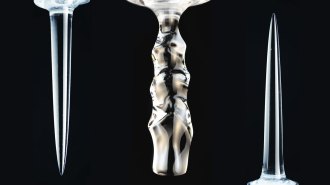 Physics
PhysicsFreshwater ice can melt into scallops and spikes
Ice submerged in liquid water can melt into three different shapes, depending on the water’s temperature.
-
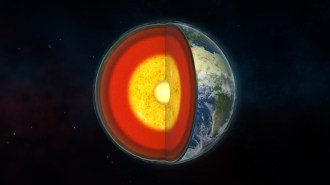 Earth
EarthWeird ‘superionic’ matter could make up Earth’s inner core
Computer simulations suggest that matter that behaves like a mash-up of solid and liquid could explain oddities of Earth’s center.
-
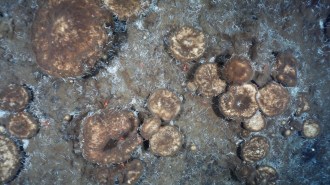 Animals
AnimalsDeep-sea Arctic sponges feed on fossilized organisms to survive
Slow-moving sponges, living deep in the Arctic Ocean where no currents deliver food, scavenge a carpet of long-dead critters.
-
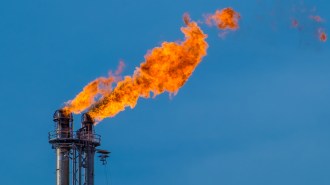 Climate
ClimateSatellites have located the world’s methane ‘ultra-emitters’
Plugging leaks from methane ultra-emitters would make a dent in greenhouse gas emissions — and be cost-effective for those countries, scientists say.
-
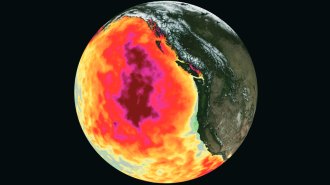 Oceans
OceansThe past’s extreme ocean heat waves are now the new normal
Marine heat waves that were rare more than a century ago now routinely occur in more than half of global ocean, suggesting we’ve hit a “point of no return.”
-
 Tech
TechMaterials of the last century shaped modern life, but at a price
From our homes and cities to our electronics and clothing, the stuff of daily life is dramatically different from decades ago.
-
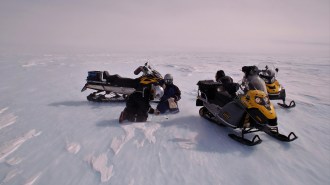 Planetary Science
Planetary ScienceMachine learning points to prime places in Antarctica to find meteorites
Using data on how ice moves across Antarctica, researchers identified more than 600 spots where space rocks may gather on the southern continent.
-
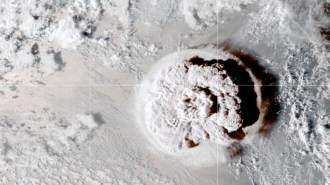 Earth
EarthWhat the Tonga volcano’s past tells us about what to expect next
The January 15 eruption of a Tongan volcano triggered atmospheric shock waves and a rare volcanic tsunami; its history suggests it may not be done.
-
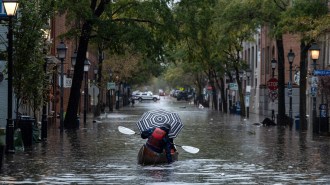 Climate
ClimateIntense drought or flash floods can shock the global economy
Rainfall extremes have powerful impacts on the global economy, affecting the manufacturing and services sectors more than agriculture.
-
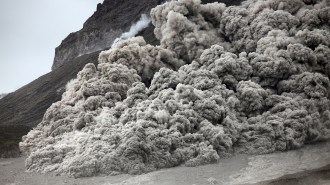 Earth
EarthVolcanic avalanches of rock and gas may be more destructive than previously thought
Pressures within pyroclastic flows may be as much as three times as great as observations had suggested.
By Nikk Ogasa -
 Climate
ClimateClimate change communication should focus less on specific numbers
Even if nations don’t meet goals to curb global climate change, any progress is better than none.
-
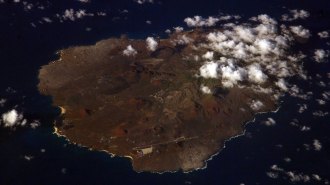 Earth
EarthSome volcanic hot spots may have a surprisingly shallow heat source
Mysterious hot spots of volcanic activity in the interior of tectonic plates just got a little stranger.
By Sid Perkins